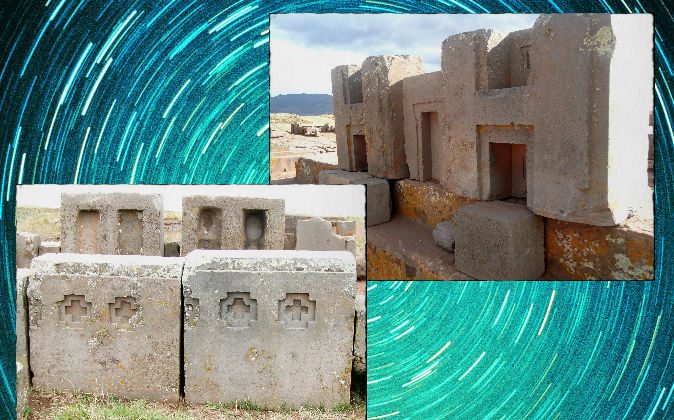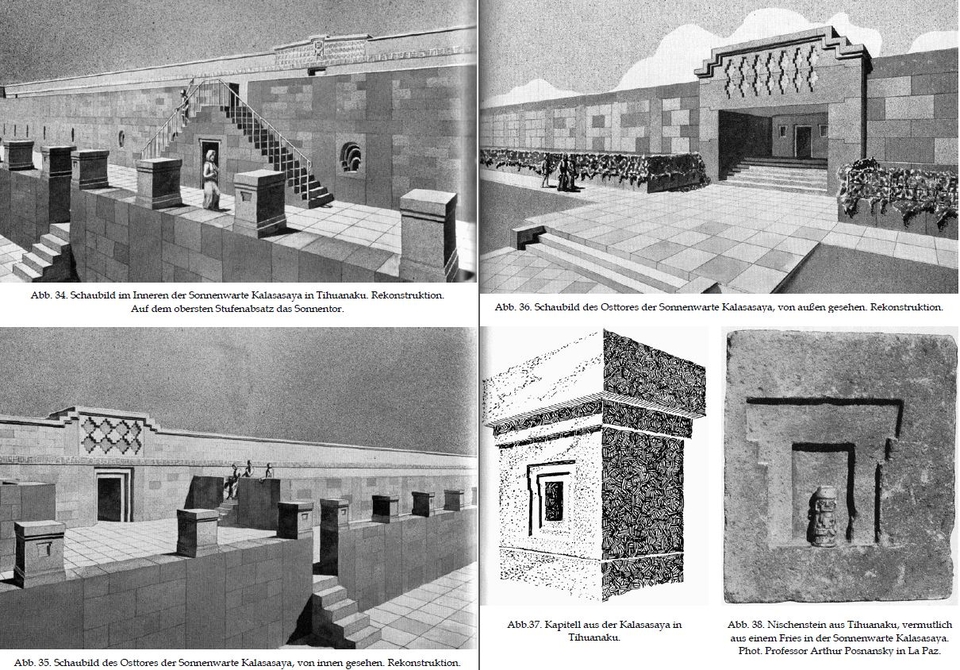Enduring Mystery Surrounds the Ancient Site of Puma Punku
High up the Bolivian altiplano,’ south of Lake Titicaca and the ancient complex of Tiahuanaco, we find the ancient ruins of Puma Punku.
Believed to have been erected by the ancient Tiwanaku culture in the bronze age, between 1,000 and 2,000 years ago, the ancient site is home to some of the most fascinating ancient stone structures on the surface of the planet.
Shrouded in mystery, the archaeological site of Puma Punku is one of the biggest headaches for mainstream archaeologists who are unable to explain how ancient cultures cut and shaped granite stone to incredible precision, transported blocks of stones that weigh more than 50 tons, and placed them in a position like a puzzle so that not a single sheet of paper can fit between them.
But if that wasn’t enough of a mystery, there’s that LITTLE magnetic anomaly present at Puma Punku.

The question that arises here is… how on Earth did the ancients transport these massive blocks of stone, tens of tons in weight across 70 kilometres from their quarry to Puma Punku?

The Magnetic Anomaly
This mysterious feature which makes Puma Punku even stranger was spotted by researcher and author Brien Foerster.
In a video uploaded onto his YouTube account, Brien Foerster takes us on a trip to the Bolivian Altiplano where he tours through Puma Punku and shows us how certain rocks at the site – Puma Punku’s Grey Stones – display magnetic anomalies.
These curious features have been completely ignored and left unattended by scholars who have studied Puma Punku in the past.
Here is another video where we can see the curious magnetic anomaly present on the grey stones of Puma Punku.
Still, think Puma Punku is just another ordinary ancient site? Think again.





